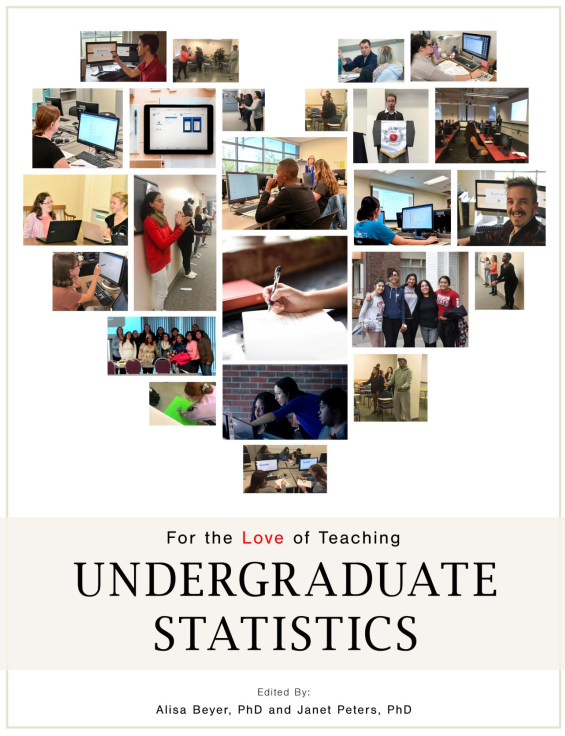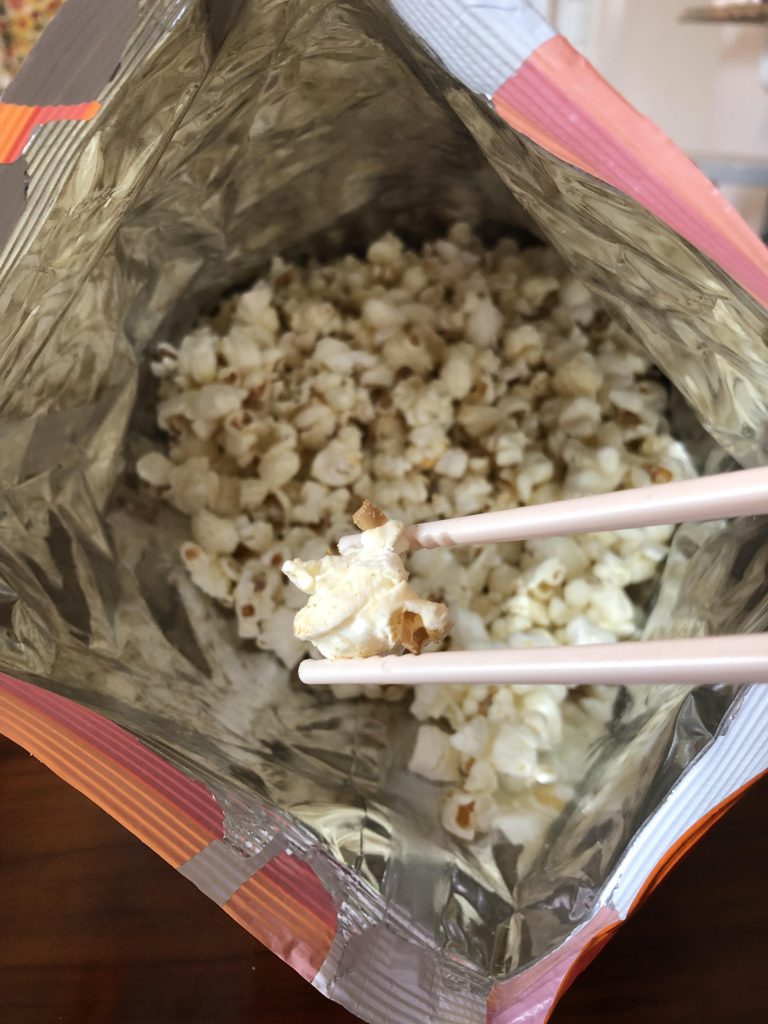Assignment: t-test for Independent Means/Samples (SPSS)
In this assignment (created by Dr. Kimberly A. Barchard and Dr. Leiszle Lapping-Carr), students learn how to use SPSS to compare two independent groups using the independent samples t-test and using confidence intervals for the difference of the means. Students also write a research report with their results. A detailed grading rubric is included. This […]
Assignment: t-test for Independent Means/Samples (SPSS) Read More »










